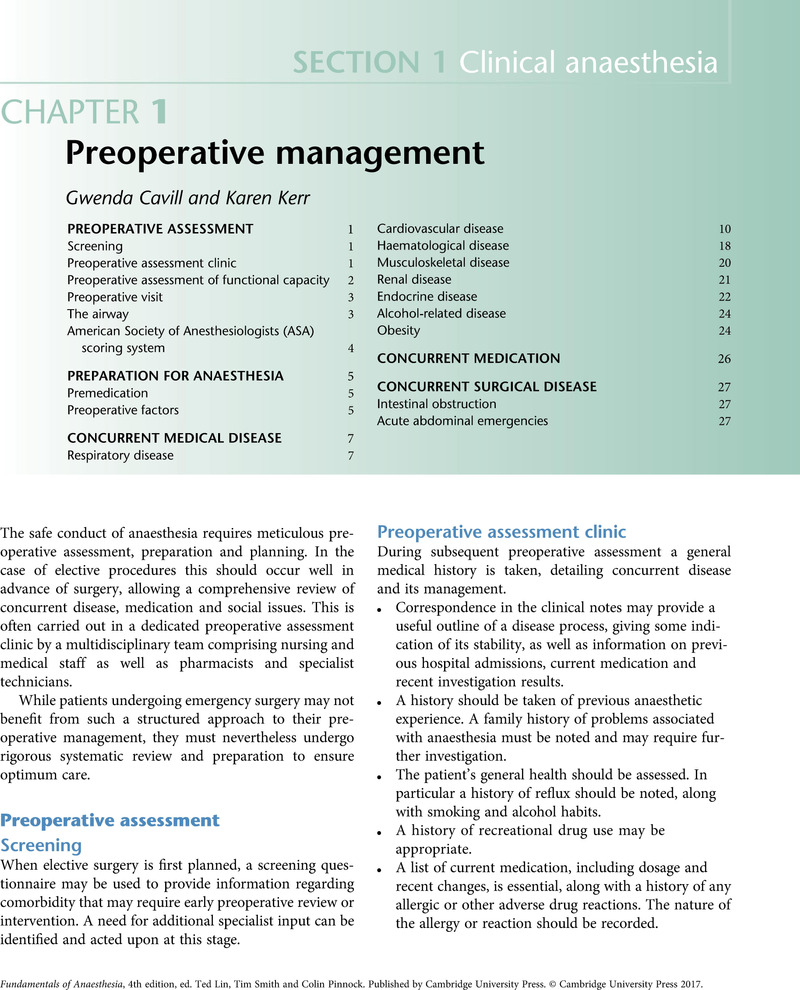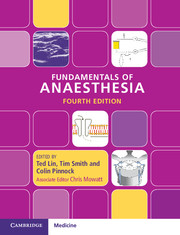Book contents
- Fundamentals of Anaesthesia
- Fundamentals of Anaesthesia
- Copyright page
- Dedication
- Contents
- Contributors
- Preface to the first edition
- Preface to the second edition
- Preface to the third edition
- Preface to the fourth edition
- Acknowledgements
- Abbreviations
- Section 1 Clinical anaesthesia
- Section 2 Physiology
- Section 3 Pharmacology
- Section 4 Physics and clinical measurement
- Index
- References
Section 1 - Clinical anaesthesia
Published online by Cambridge University Press: 19 January 2017
- Fundamentals of Anaesthesia
- Fundamentals of Anaesthesia
- Copyright page
- Dedication
- Contents
- Contributors
- Preface to the first edition
- Preface to the second edition
- Preface to the third edition
- Preface to the fourth edition
- Acknowledgements
- Abbreviations
- Section 1 Clinical anaesthesia
- Section 2 Physiology
- Section 3 Pharmacology
- Section 4 Physics and clinical measurement
- Index
- References
Summary

- Type
- Chapter
- Information
- Fundamentals of Anaesthesia , pp. 1 - 209Publisher: Cambridge University PressPrint publication year: 2016



